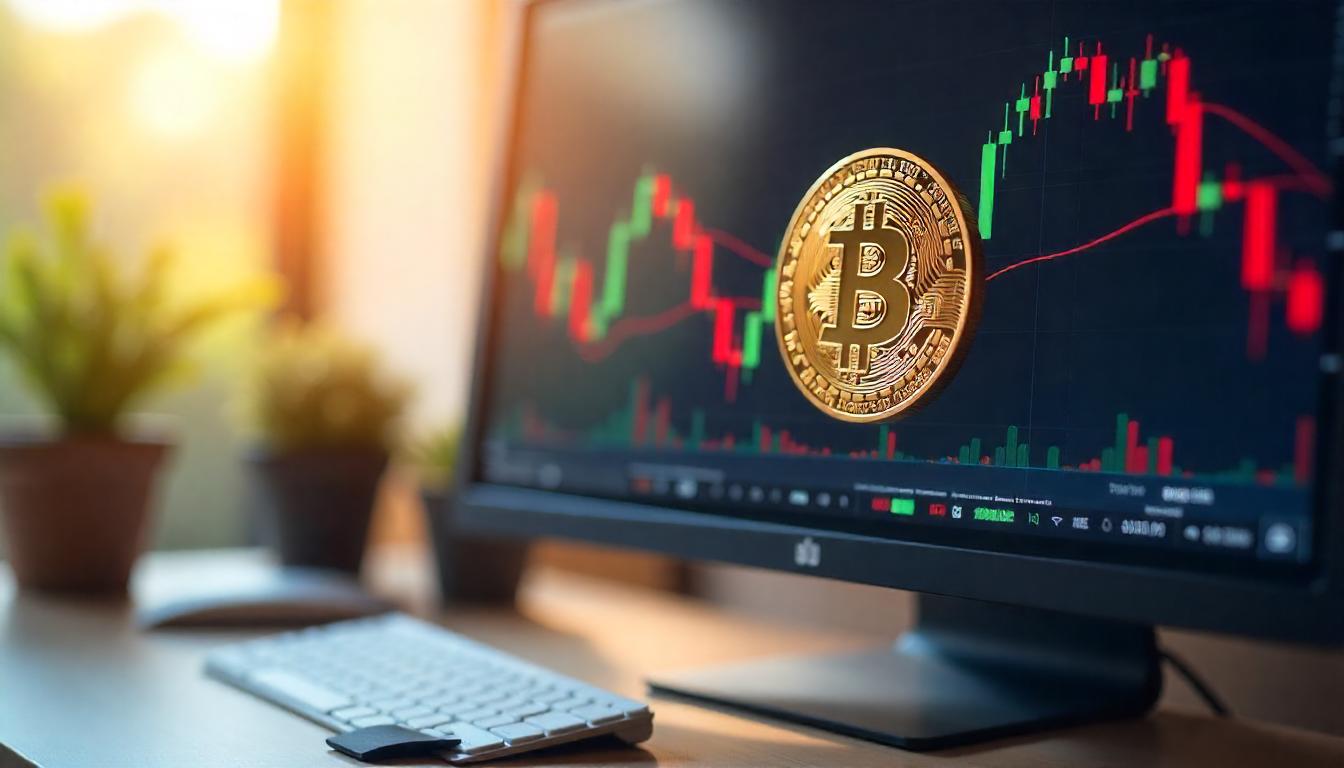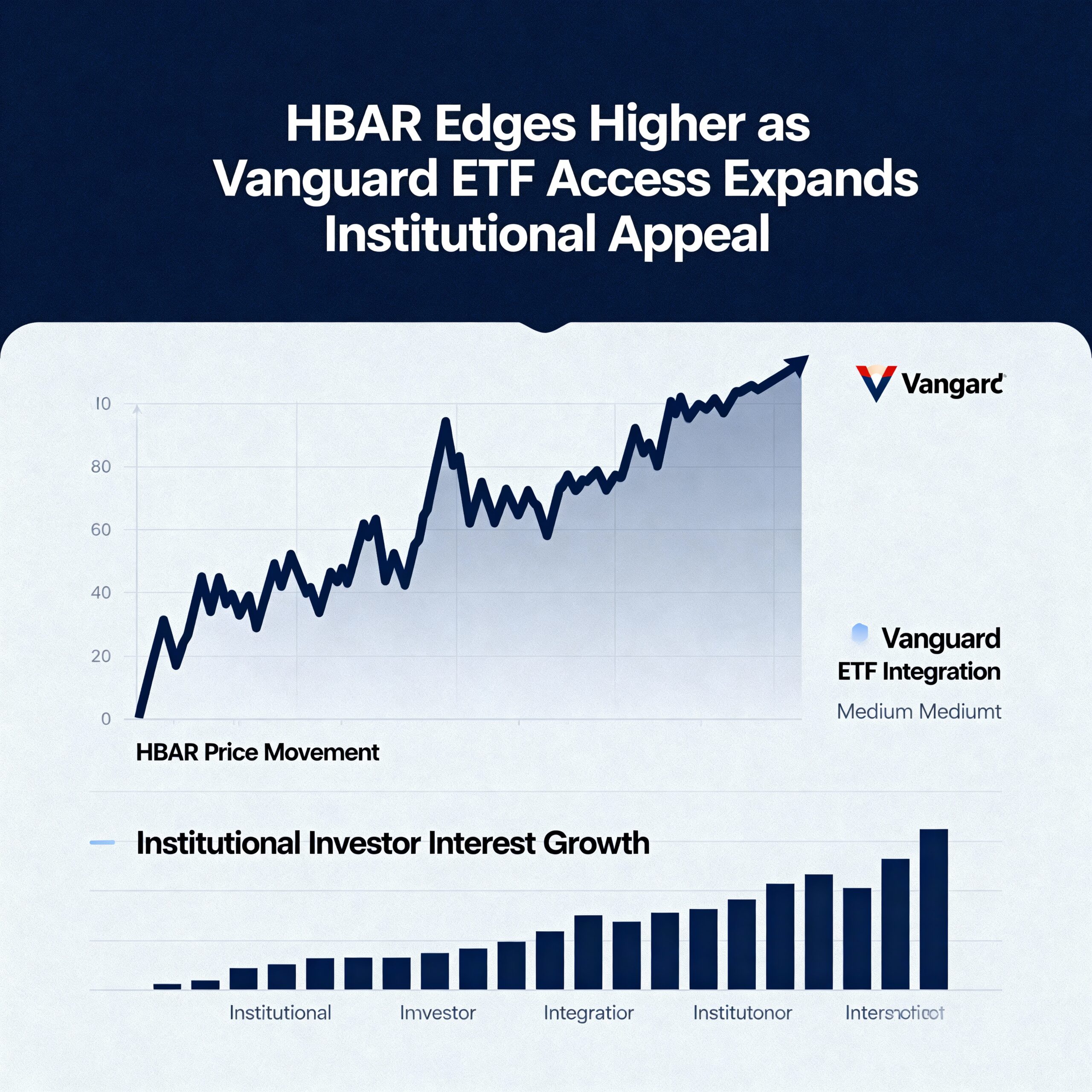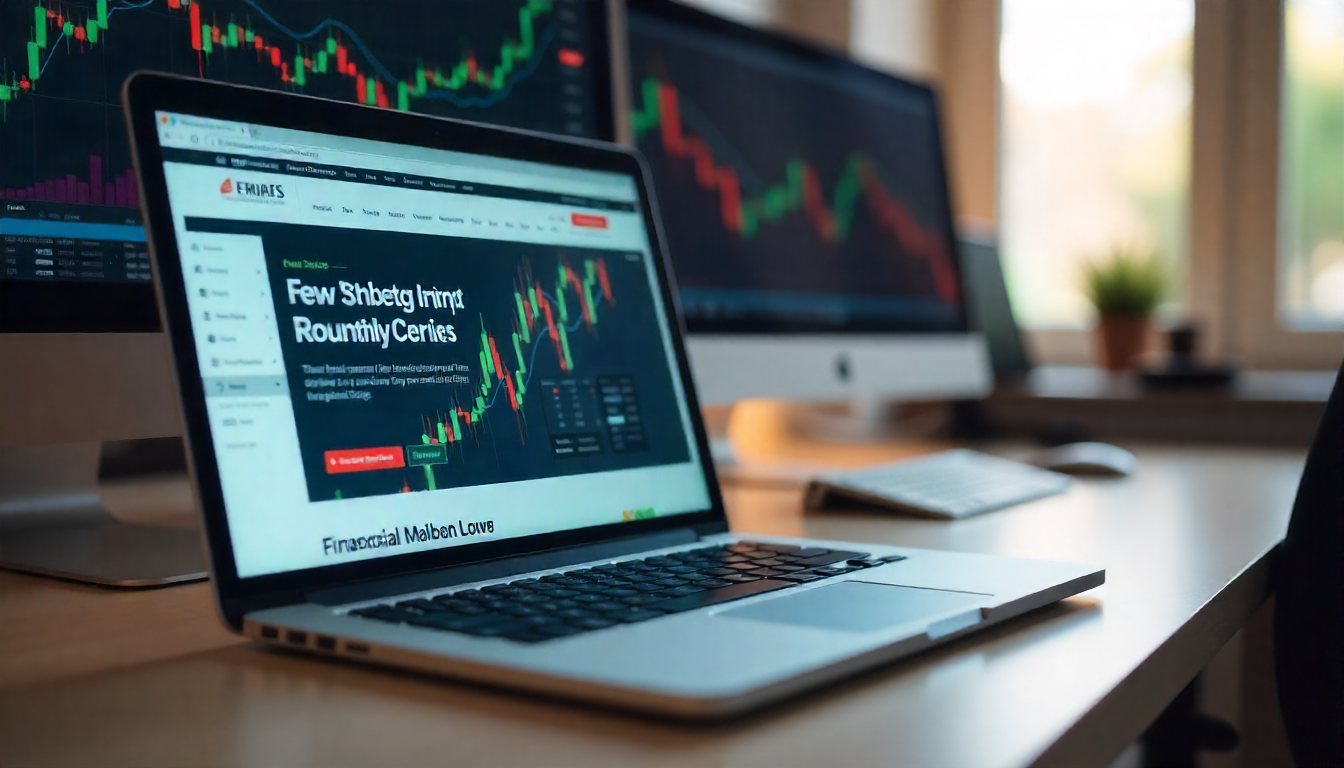Bitcoin Retreats to $76.5K as U.S. Tariffs on China Renew Risk-Off Sentiment
Crypto markets faltered Tuesday as the White House confirmed sweeping new tariffs on Chinese imports, reigniting trade tensions and dragging down risk assets. Bitcoin (BTC) fell from an intraday high of $80,000 to $76,500 before finding support below $78,000. Ether (ETH) tumbled nearly 4% to trade under $1,500.
The CoinDesk 20 Index declined 2.2%, mirroring broader weakness in digital assets as investors responded to a deteriorating macro outlook. The White House said that a 104% tariff on Chinese goods would take effect at midnight, prompting a sharp selloff across equity markets that had started the day in rally mode. The S&P 500 and Nasdaq, each up nearly 4% earlier in the session, reversed to losses of 0.5% and 0.7%, respectively.
Bitcoin-exposed equities mirrored the downturn: Bitdeer (BTDR) dropped 8.7%, MicroStrategy (MSTR) lost 5.3%, and Coinbase (COIN) fell 2.3%. A bright spot was DeFi Technologies (DEFTF), which jumped more than 10% amid speculation it could soon follow Galaxy Digital (GLXY) in pursuing a Nasdaq listing.
Meanwhile, currency markets responded to the tariff news with the offshore yuan weakening to 7.4 per U.S. dollar — its softest level in years. Analysts speculate that Beijing may permit further devaluation to maintain export competitiveness. Some market participants believe this could funnel capital into crypto assets like bitcoin as investors seek hedges against yuan depreciation.
“If not the Fed, then the PBOC might catalyze the next bitcoin surge,” wrote Arthur Hayes, citing similar historical trends in 2013 and 2015.
Kirill Kretov of CoinPanel echoed the cautious tone: “Volatility is being amplified by thin liquidity and macro uncertainty. Until the dust settles, markets are unlikely to pick a clear direction.”
Despite recent weakness, bitcoin remains up significantly since the November election, while traditional indices have lagged — a dynamic some see as confirmation of crypto’s growing role in the macroeconomic landscape.





